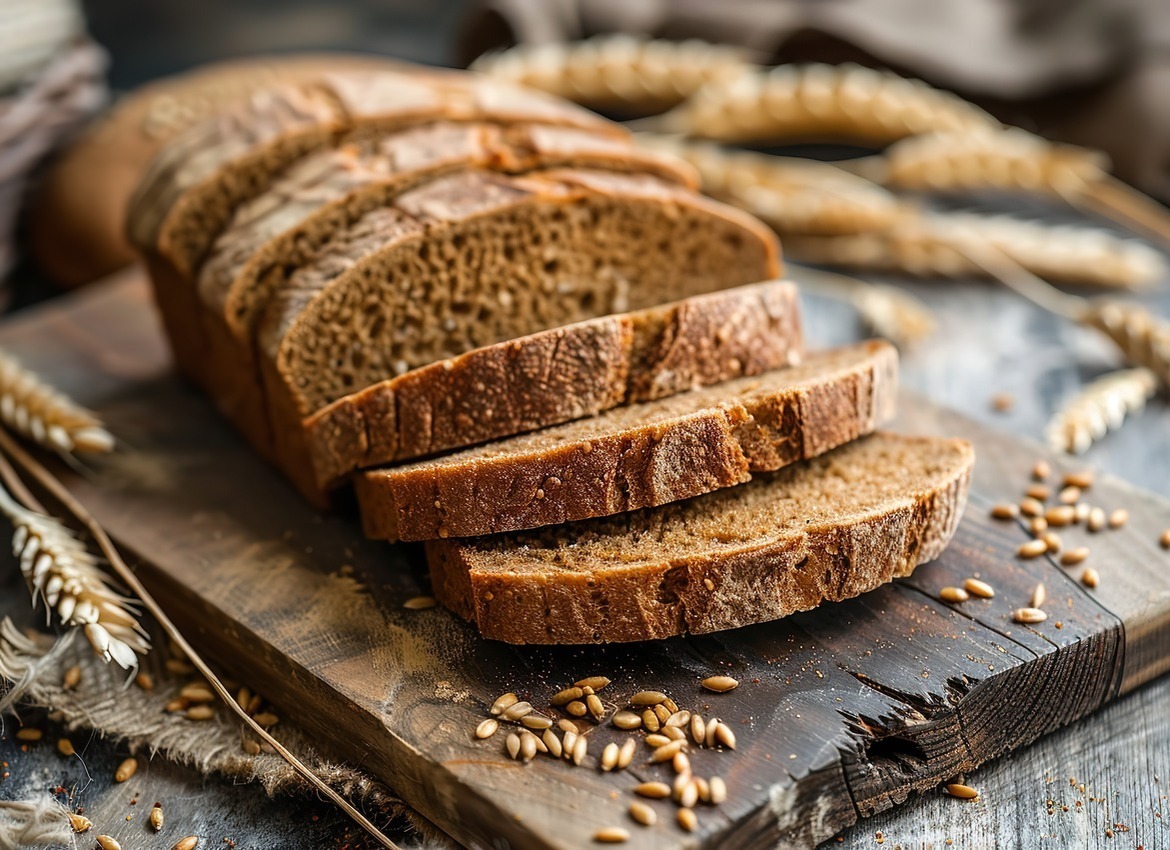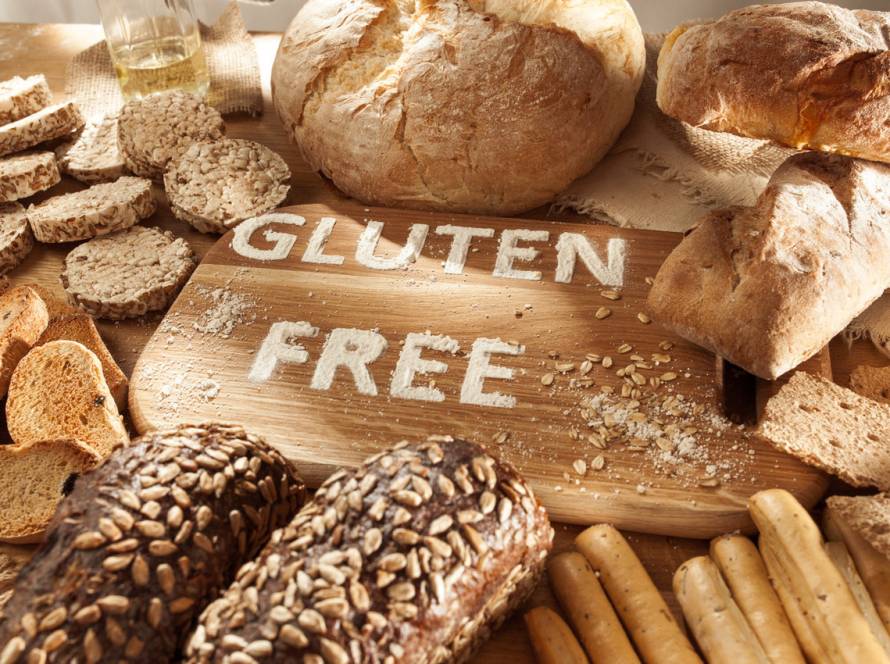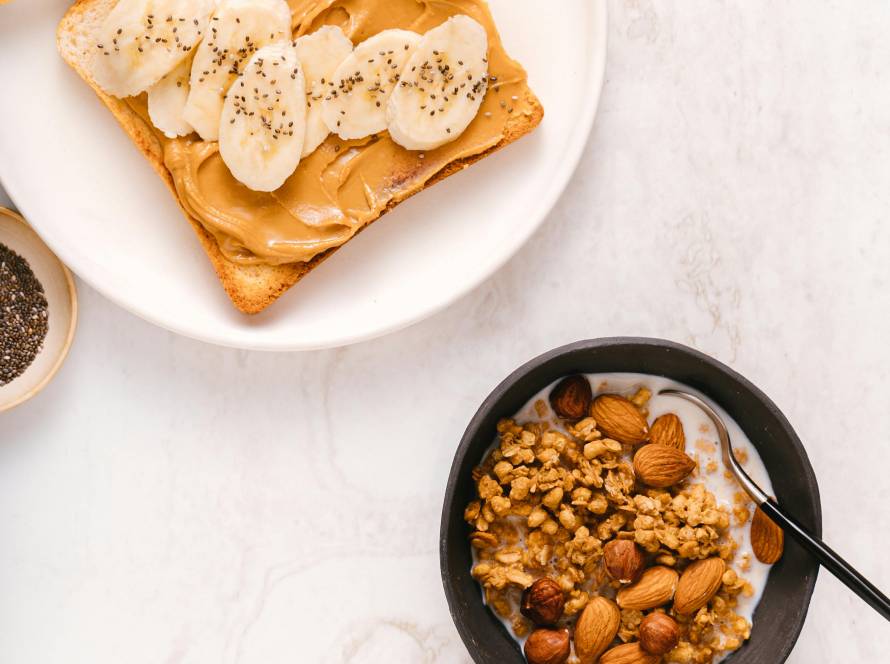Gluten-Free Bread Baking Guide
Baking gluten-free bread can be a challenging yet rewarding experience. Unlike traditional bread, which relies on gluten to provide structure and elasticity, gluten-free bread baking requires unique techniques and ingredients to achieve that perfect loaf. In this guide, we’ll explore everything from essential ingredients to common baking issues and troubleshooting tips. Whether you’re new to gluten-free baking or looking to refine your skills, this guide has something for everyone.
Understanding Gluten and Its Role in Bread
Before diving into the art of gluten-free baking, it’s crucial to understand what we’re trying to replicate. Gluten, a protein found in wheat, barley, and rye, plays several essential roles in traditional bread-making:
- Structure: Gluten forms a network that gives bread its structure and helps it rise.
- Elasticity: It provides the elasticity that allows dough to stretch and trap gas bubbles, creating a light, airy texture.
- Moisture retention: Gluten helps bread retain moisture, keeping it fresh longer.
The challenge in gluten-free baking is to mimic these properties using alternative ingredients and techniques.
Key Ingredients for Gluten-Free Bread
1- Gluten-Free Flours:
-
- Rice flour (white or brown)
- Sorghum flour
- Millet flour
- Buckwheat flour
- Teff flour
- Almond flour
- Coconut flour
Each of these flours brings unique properties to your bread. For instance, rice flour provides structure, while almond flour adds moisture and flavor. Experimenting with different combinations will help you find your perfect blend.
2- Starches
-
- Tapioca starch
- Potato starch
- Cornstarch
- Arrowroot starch
Starches help bind the ingredients and improve the texture of your bread.
3- Binders
-
- Xanthan gum
- Guar gum
- Psyllium husk powder
These ingredients help replace the binding properties of gluten, improving the structure and texture of your bread.
4- Protein
-
- Eggs
- Egg replacers (for vegan options)
- Milk powder
Protein helps provide structure and can improve the bread’s texture and shelf life.
5- Yeast
-
- Active dry yeast
- Instant yeast
Yeast is crucial for leavening your bread and providing that characteristic bread flavor.
6- Other Ingredients
-
- Salt
- Sugar or honey (to feed the yeast)
- Oil or butter
- Apple cider vinegar or lemon juice (to activate the baking soda if used)
Gluten Free Bread Baking Tips and Tricks
- Proper Mixing: Unlike traditional bread dough, which requires kneading to develop gluten, gluten-free bread benefits from thorough mixing to ensure all ingredients are well incorporated. Use a stand mixer or electric hand mixer for best results.
- Hydration: Gluten-free flours typically require more liquid than wheat flour. Your dough should resemble a thick batter rather than a traditional bread dough.
- Proofing: Gluten-free bread usually only requires one rise. Over-proofing can lead to collapsed loaves, so watch your dough carefully.
- Baking Temperature and Time: Gluten-free breads often benefit from higher initial baking temperatures to promote rapid rise, followed by a lower temperature to finish baking. Always use an internal thermometer to ensure your bread is fully baked.
- Cooling: Allow your bread to cool completely before slicing. This helps set the structure and prevents a gummy texture.
Gluten Free Bread Baking Recipes
Baking gluten-free bread can be both a rewarding and delicious experience, especially for those with gluten intolerance or celiac disease. Unlike traditional bread, gluten-free recipes require alternative flours and binders to achieve the desired texture and flavor. With the right ingredients and techniques, you can enjoy soft, flavorful loaves without sacrificing taste or nutrition. Whether you’re new to gluten-free baking or looking to expand your recipe collection, these tried-and-true ideas will help you create perfect loaves every time.
Popular Gluten-Free Bread Baking Recipes:
-
Gluten-Free Sandwich Bread: Made with rice flour, tapioca starch, and xanthan gum for structure.
-
Gluten-Free Banana Bread: Moist and naturally sweet, perfect for breakfast or dessert.
-
Almond Flour Bread: Low-carb, protein-rich, and ideal for keto diets.
-
Oat Flour Bread: A hearty option with a nutty flavor—ensure oats are certified gluten-free.
-
Gluten-Free Sourdough Bread: Uses a wild yeast starter made from brown rice flour.
-
Zucchini Bread (Gluten-Free): A moist, veggie-packed option with a tender crumb.
-
Chickpea Flour Flatbread: Great for wraps or quick snacks, naturally gluten-free.
Gluten-Free Bread Baking mistakes: Troubleshooting Common Issues
- Dense or Heavy Bread:
- Cause: Not enough leavening or liquid
- Solution: Increase yeast or baking powder, or add more liquid to your recipe
- Bread Collapses During Baking:
- Cause: Over-proofing or too much liquid
- Solution: Reduce proofing time or decrease liquid in your recipe
- Crumbly Texture:
- Cause: Not enough binder
- Solution: Increase xanthan gum or other binder in your recipe
- Gummy Interior:
- Cause: Too much liquid or underbaking
- Solution: Reduce liquid or increase baking time
- Poor Flavor:
- Cause: Lack of salt or not enough fermentation
- Solution: Increase salt slightly or allow for longer fermentation time
Basic Gluten-Free Sandwich Bread Recipe
This is an easy gluten-free bread recipe:
Ingredients
- 2 cups rice flour
- 1/2 cup tapioca starch
- 1/2 cup potato starch
- 1/4 cup milk powder
- 3 tsp xanthan gum
- 1 tsp salt
- 2 tsp instant yeast
- 2 tbsp sugar
- 2 large eggs
- 1/4 cup vegetable oil
- 1 tsp apple cider vinegar
- 1 1/4 cups warm water
Instructions
- In a large bowl, whisk together all dry ingredients.
- In a separate bowl, beat eggs, oil, and vinegar.
- Add wet ingredients to dry ingredients, along with the warm water.
- Mix on medium speed for 3-4 minutes until well combined.
- Transfer dough to a greased loaf pan and smooth the top with wet hands.
- Cover and let rise in a warm place for about 1 hour, or until dough has risen to the top of the pan.
- Preheat oven to 375°F (190°C).
- Bake for 35-40 minutes, or until internal temperature reaches 205°F (96°C).
- Remove from pan and cool completely on a wire rack before slicing.
Essential Ingredients for Gluten-Free Bread Baking
Gluten-free bread requires a thoughtful balance of ingredients to achieve the right texture, structure, and flavor. Unlike traditional wheat-based bread, gluten-free recipes rely on alternative flours and binders to mimic the elasticity and chewiness that gluten provides. Understanding the role of each ingredient is key to baking a loaf that rises well, tastes great, and holds together beautifully.
Choosing the Right Gluten-Free Flours
Not all gluten-free flours behave the same. A successful gluten-free bread recipe often combines several types to balance flavor, moisture, and structure. Common choices include:
- Brown rice flour – mild flavor and light texture
- Sorghum flour – adds protein and a wheat-like taste
- Almond flour – rich in healthy fats and adds moisture
- Tapioca or arrowroot starch – helps create elasticity
- Oat flour (gluten-free certified) – offers softness and a subtle sweetness
Experimenting with blends is often the best way to achieve optimal results.
Importance of Binders Like Xanthan Gum
In gluten-free baking, binders are essential for mimicking the binding power of gluten. Without them, the bread tends to crumble and fall apart. Xanthan gum and guar gum are the most common binders used:
- Xanthan gum adds stretch and structure, helping the dough rise properly and maintain shape.
- Guar gum is a plant-based alternative often used in similar quantities.
Using too little can lead to weak structure; too much can make the bread gummy—so balance is key.
Yeast, Salt, and Liquids: Getting the Balance Right
These basic ingredients are just as crucial in gluten-free baking:
- Yeast provides rise and a classic bread flavor. Make sure it’s active and properly bloomed in warm liquid.
- Salt enhances flavor and helps control yeast activity—don’t skip it!
- Liquids (water, milk, or dairy-free alternatives) keep the dough moist. Gluten-free flours often absorb more liquid, so your batter may look wetter than traditional dough—and that’s normal.
Finding the right ratio of wet to dry ingredients is essential for achieving a soft, well-structured crumb.
Conclusion
Mastering gluten-free bread baking is a journey of experimentation and discovery. While it may take some practice to achieve your perfect loaf, the reward of biting into a slice of homemade, gluten-free bread is well worth the effort. Remember, baking is both a science and an art – don’t be afraid to adjust recipes and try new techniques as you develop your skills. With patience and persistence, you’ll soon be creating gluten-free breads that are not just “good for gluten-free,” but delicious in their own right.
Happy baking!
Also Read
Understanding Gluten Sensitivity: Symptoms & Causes




